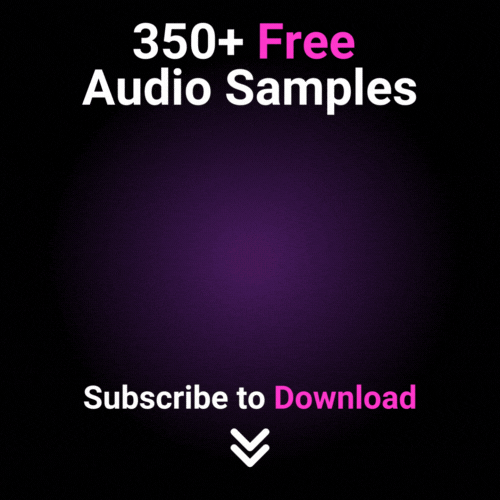Hey, welcome to the HTMEM Blog.
Have you ever dreamed of producing your own music, but the thought of setting up a recording studio seemed too daunting?
Fear not! We are here to help. In this blog post, we will guide you through a step-by-step process, even if you’re a beginner. We will tell you everything you need to know about setting up a home recording studio, from basic equipment and software to tips for achieving the best sound.
With a few essential components and some helpful tips, you’ll be well on your way to making music in your own personalized space.
Are you ready? Let's get started!
Key Takeaways
Table of Contents
The Importance of Starting Simple

Assessing Your Budget and Goals

Choosing the Right Space

Essential Equipment for Your Home Studio

Selecting a Computer

Picking the Perfect DAW

Finding the Ideal Audio Interface

Microphones, Headphones, and Monitors

Microphone Selection
Studio Headphones Choice
Studio Monitor Essentials
Additional Gear and Accessories


Tips for Recording Success

Summary
About the Author
Max Porcelli
Steinberg Certified Trainer, DJ, and Producer with 29 years of experience. He owns 989 Records, an Electronic Music Label based in Italy. Every Saturday he hosts an exciting Radio Show called 989 Records Radio Show on air on Patchouli Deep Radio, London.
Write your awesome label here.







